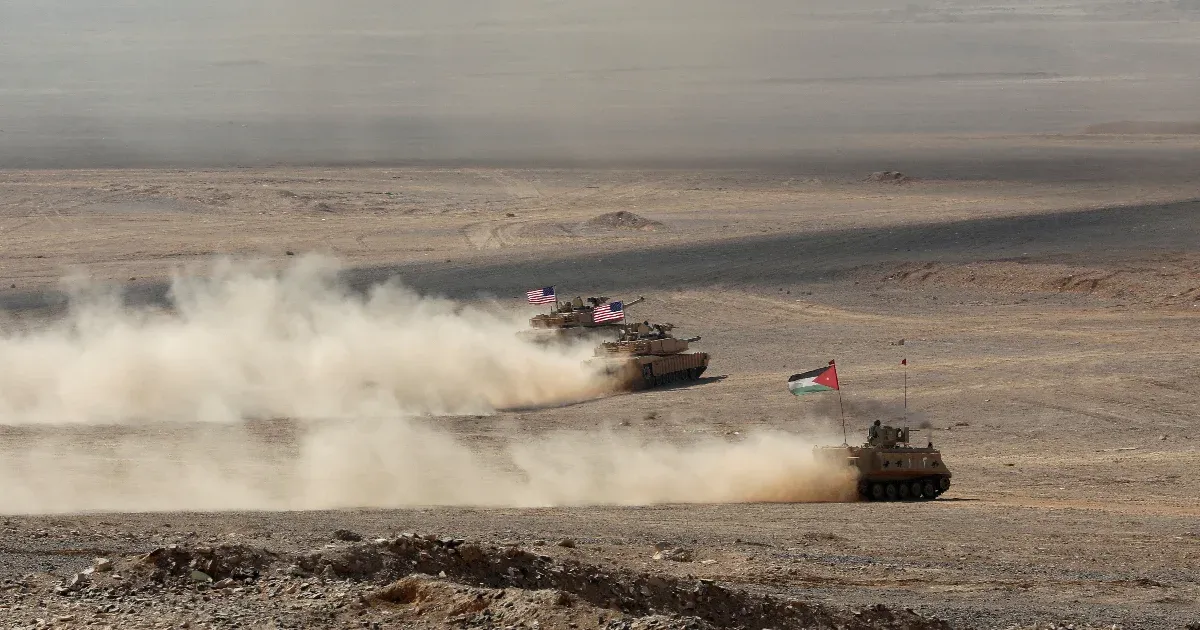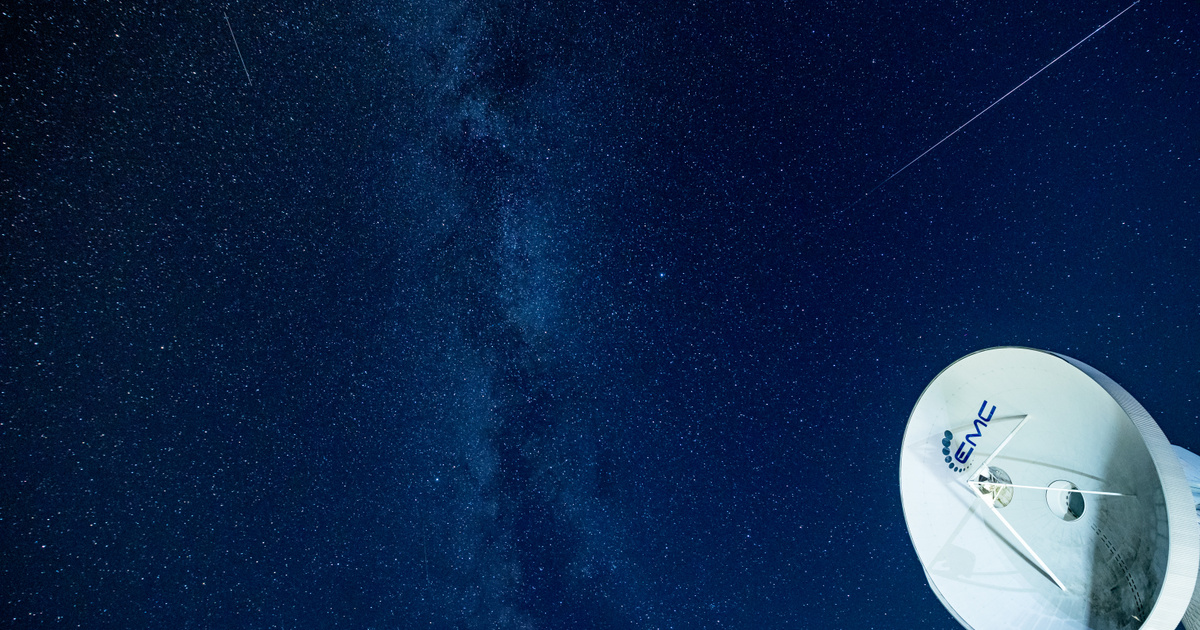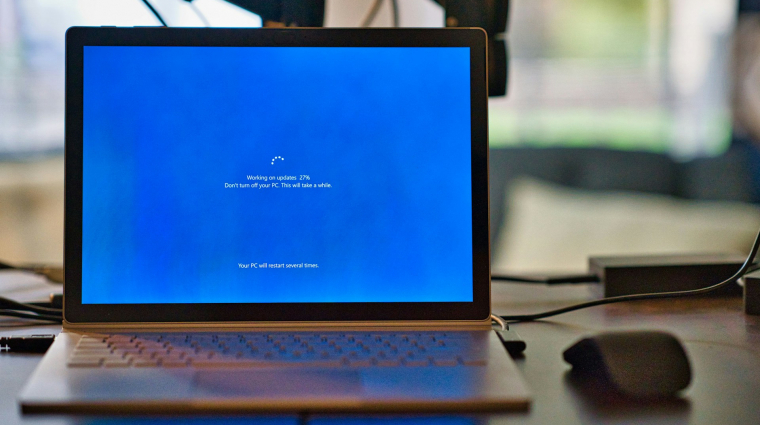On September 5, 2022, NASA Its Parker Solar Probe flew gracefully through the material stream of extremely high-energy coronal ejections (CMEs, a type of solar eruption). This is not only an engineering success, but also a scientific opportunity, as observations and measurements were made at that time They helped solve a 20-year-old question.
Twenty years ago, in 2003, they found in research that the solar wind can interact with interplanetary dust orbiting the Sun and, as a result, can push the dust downward. Learning about this process helps us more accurately predict the effects and arrival times of solar flares. Solar flares can damage and shut down both satellites and ground-based and communications infrastructure.
The Parker Solar Probe was the first to observe this 20-year-old theory in practice: a coronal ejection, like a giant vacuum cleaner, cleaned up interplanetary dust in its path from the Sun’s vicinity (see animation below).
Interplanetary dust itself is microscopic grains of asteroids, comets and even planets that have broken up during various events, and the phenomenon of zodiacal light is due to these dust grains. Based on Parker’s observation, the solar flare swept interplanetary dust a distance of about 10 million kilometers – that’s about it. One-sixth of the distance between the Sun and Mercury. However, there is no need to worry that the inner region of the solar system will become dust-free: the microscopic debris that is swept away is very quickly replaced by the amount constantly arriving from the outer regions.
Parker Solar Probe’s measurements and in situ observations were crucial, allowing us to learn about the dynamical processes that follow a coronal ejection that cannot be seen from a distance. Images from the probe’s WISPR camera showed dust disappearing from the field of view. Based on Parker’s previous observations at a similar location, it was possible to calculate exactly how much dust the solar flare dealt with. Since this was the first time dust explosions had been observed, researchers believe this may just be a phenomenon associated with stronger coronal ejections.











































